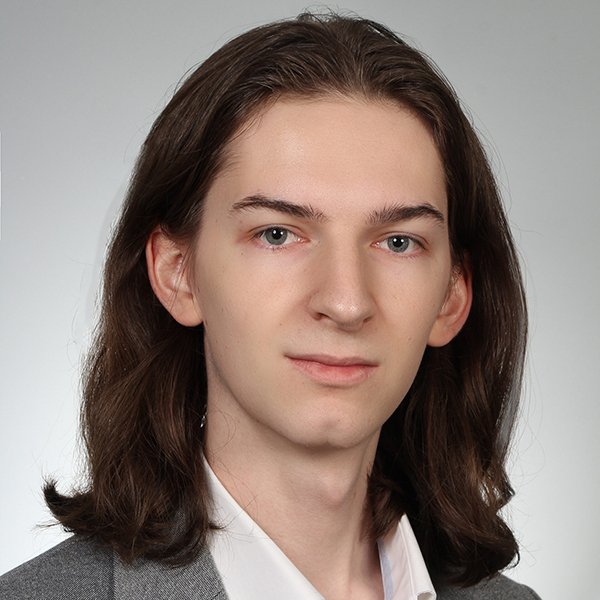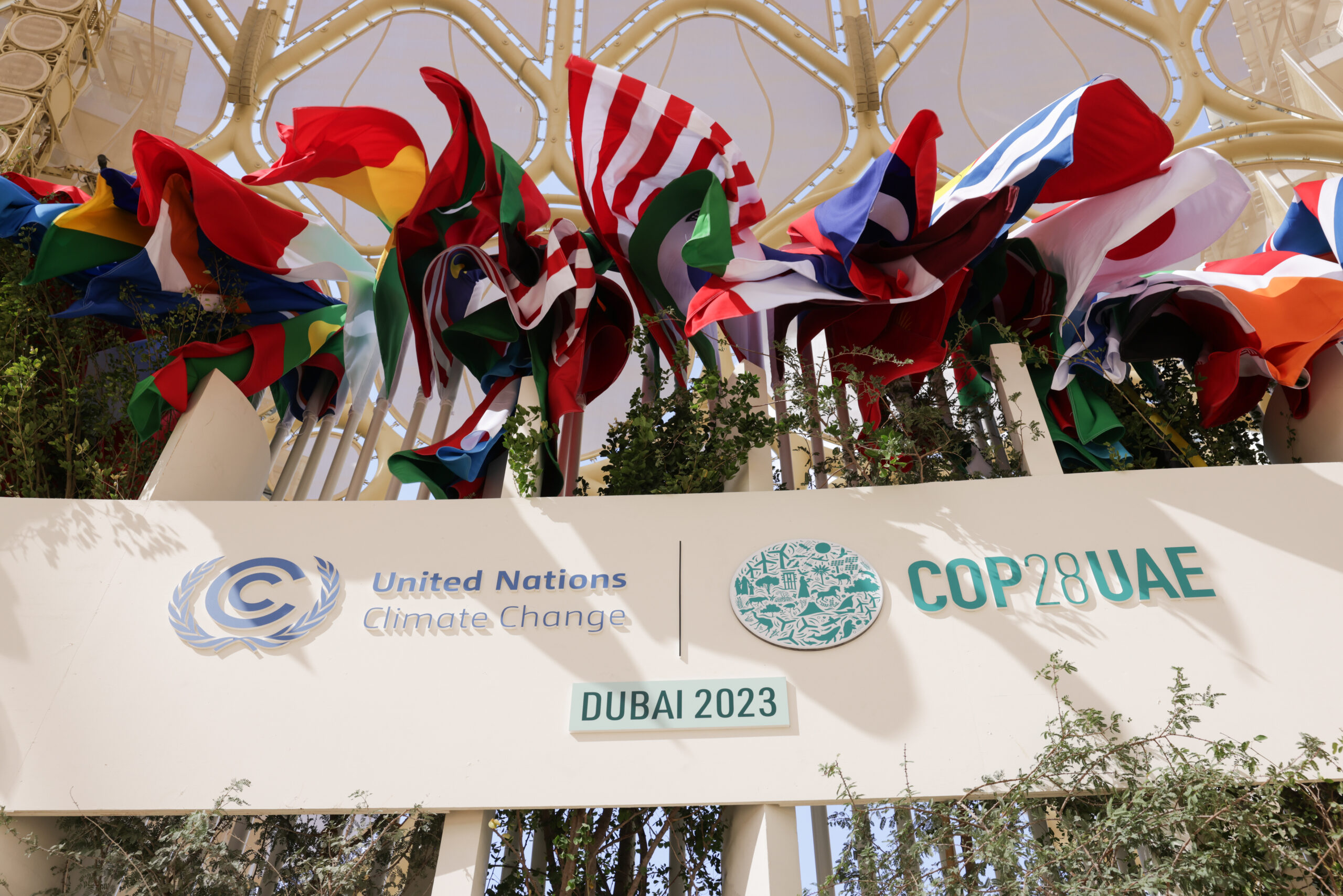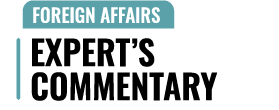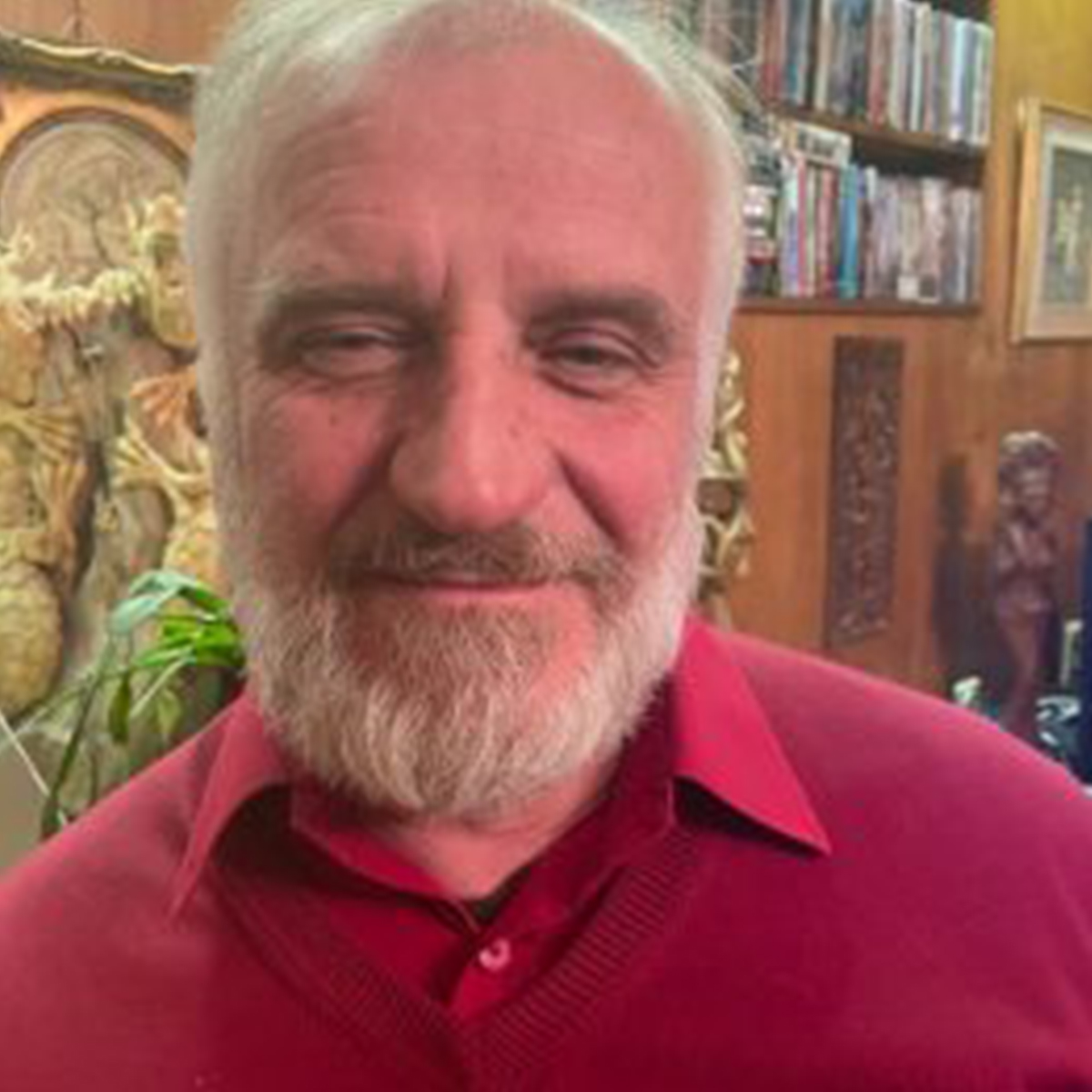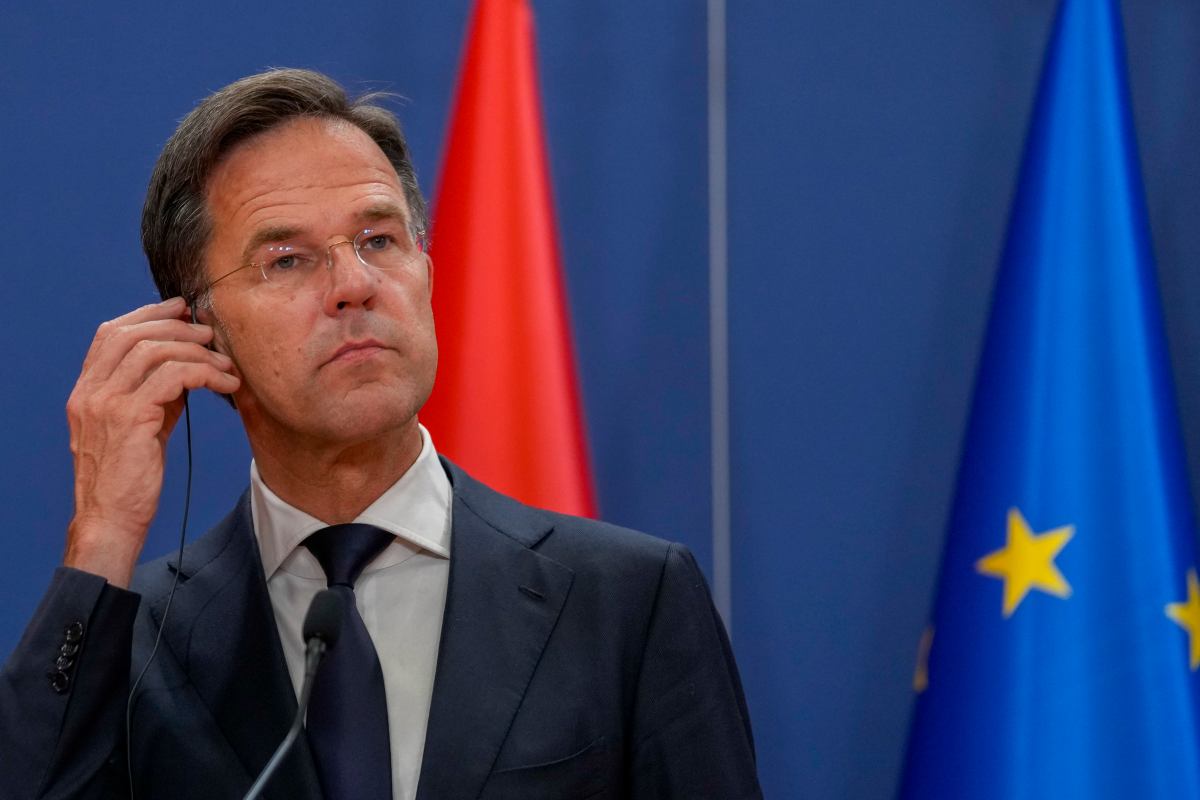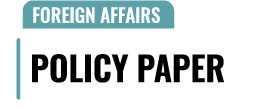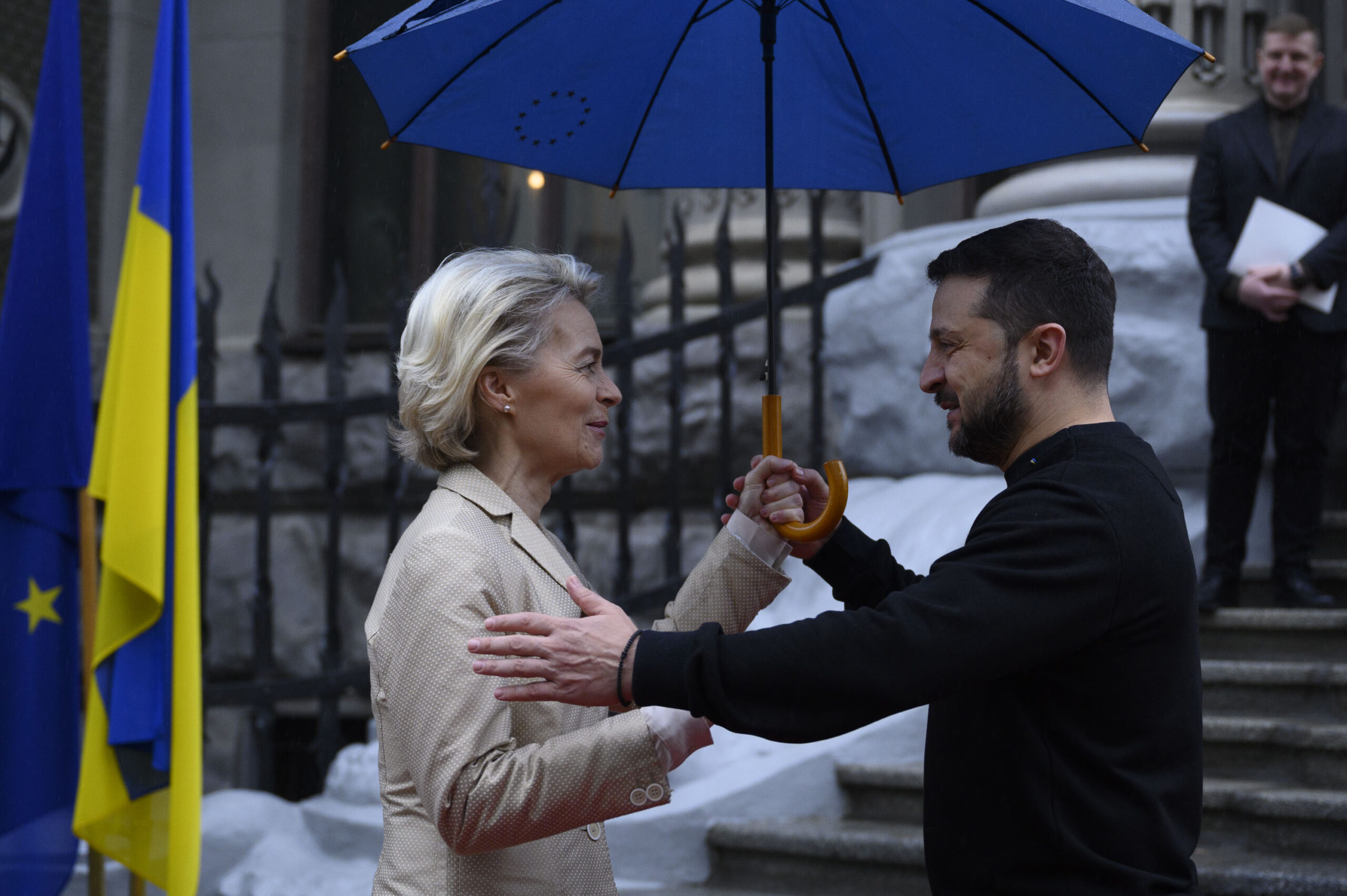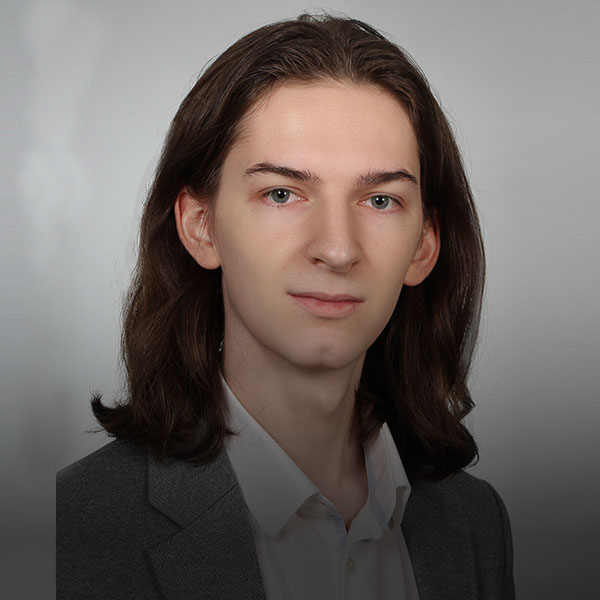NATO MOD MM
Autor foto: Domena publiczna
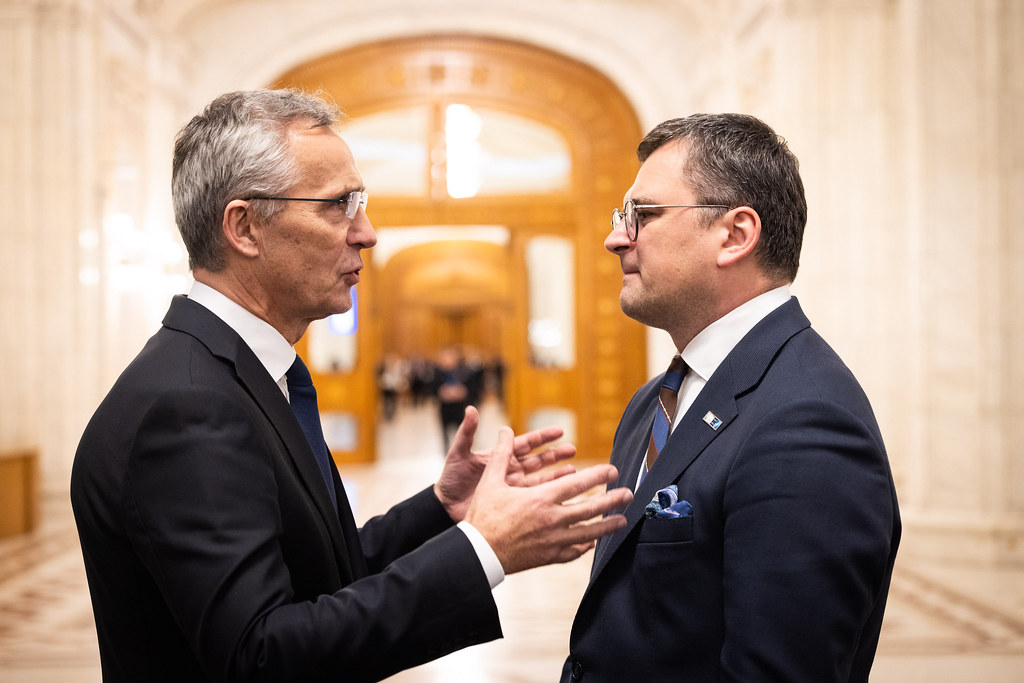
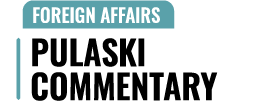

NATO MOD MM
Autor foto: Domena publiczna
CENTRAL AND EASTERN EUROPE WEEKLY UPDATE: A war of attrition
Autor: Sebastian Czub
Opublikowano: 5 grudnia, 2023
With the war in Ukraine once again turning into a contest of attrition, Russia possesses a significant advantage. It is at this time that Ukraine has to marshal and husband its resources and look to the West for support in the hopes of being able to match Russia’s seemingly inexhaustible military-industrial capacity. However, not all looks bleak for Ukraine, as the NATO Ministerial meeting might prove to be a beacon of hope for the country’s future in the West.
War in Ukraine – A war of attrition
As the brutal fighting continues in Ukraine, with key battles being fought for Bakhmut and Avdiivka, the conflict turns once again into a contest of attrition. As this grinding type of warfare becomes the reality of the war, it is worthwhile to look into the capabilities of Ukraine and Russia. Russia has several key advantages over Ukraine in terms of the battle of attrition. Firstly, Russia has access to much more manpower as well as, and this is key, the theoretical potential to train it and shape it sufficiently quickly to keep up with the occurring losses. While the training of Russian troops differs wildly, depending on a plethora of factors, including their origin, assigned unit, and combat role, maintaining a stable supply of soldiers is a great advantage.
On the other hand, Ukraine has been struggling with training sufficient numbers of troops for a while. This is due to the fact that Ukraine lacks an adequate number of facilities within the country, and those that exist face the risk of potential Russian strikes. Ukrainian mobilisation of manpower is aided by the West via a number of different training programmes (like, for example, the Operation Interflex). However, those are also somewhat limited in their capacity (Operation Interflex has only trained around 30,000 soldiers since June 2022) and their ability to prepare the soldiers for the realities of Ukrainian battlefields fully.
Secondly, Russia has greater capabilities to better replace their equipment losses. It stems from two main reasons. The first is the greater industrial capacity of the Russian Federation referring both to the actual facilities needed to produce, repair and maintain the equipment as well as the personnel required to work in these facilities. Furthermore, Russia is profiting from its Soviet legacy, being able to not only produce new equipment but also refurbish older one from storages to more quickly replenish their losses. Just this year, the two major Russian producers – Uralvagonzavod and Omsktransmash- delivered around 500 tanks of different versions, ranging from refurbished ancient T-62s to modern, freshly produced T-90s).
Similarly, in terms of armoured personnel carriers, infantry fighting vehicles and artillery pieces, Russia is estimated to have produced or refurbished 2000 units. It is also worth noting that Russian industrial capacity continues to increase further. While Russian sources boast of production increasing anywhere from two-fold to ten-fold, it is difficult to state precisely how much the production increased. While Ukraine had significant military-industrial capabilities, these greatly suffered in the wake of the Russian invasion. Many plants and factories had been destroyed or damaged in the initial stages of the invasion, severely hindering Ukrainian industrial capabilities. However, it is worth noting that since then, a portion of these had been restored, increasing industrial output. Another measure meant to meet the growing need for equipment was the Western aid, which saw thousands of pieces of equipment delivered to Ukraine. However, in late 2023, the rate of Western assistance drastically decreased, especially in terms of armoured vehicles. Thus, while Russian equipment losses might be higher, each loss is much more painful for the Ukrainians.
As the Ukrainians are fighting the war of attrition against Russia and struggling to replace their mounting losses, their situation is made even worse by the continued strike action on the borders of the war-torn country. Polish protesters were joined by their counterparts from Slovakia, further limiting the amount of aid and equipment being delivered to Ukraine. Furthermore, the strike actions are limiting the transport of Ukrainian products westward, which tightens the noose on Ukraine’s ability to maintain itself in a prolonged war of attrition. The westward transports are critical to Ukraine, as they sustain the Ukrainian economy, which the Russian invasion has already ravaged. Since Russia enacted the blockade of the country’s ports in the Black Sea, Ukrainian exports have become reliant on land routes through bordering countries. The blockade of the Ukrainian border by striking Polish and Slovakian lorry drivers and transport companies effectively not only limits the pace of delivery of Western equipment but also denies Ukraine the much-needed economic lifeline, which will prove crucial if Ukraine hopes to forge through the contest of attrition with Russia.
NATO Ministerial Meeting
On the 28th-29th of November 2023, Ministers of Foreign Affairs of NATO member states attended a meeting at NATO Headquarters in Brussels headed by Secretary General Jens Stoltenberg. The Western representatives were joined by the Ukrainian foreign minister, Dmytro Kuleba. The primary topic of conversation was the continued support of Ukraine in its struggle against the Russian invasion. The discussion was meant to ensure Ukraine of the Western commitment to the Ukrainian cause, as well as organise a coherent plan for supporting the war-torn country. In the wake of the meetings, Secretary General Stoltenberg announced that the Allies had agreed upon an extensive programme for 2024, focusing on energy security, innovation and interoperability. In the words of the Secretary General: “We are now transforming NATO’s comprehensive assistance package into a multi-year programme of assistance, helping Ukraine to transition from Soviet-era to NATO equipment and standards and make their forces fully interoperable with ours”.[i] While military modernisation of Ukrainian forces is vital, what is worth noting is the increased focus on energy security. The dedication of time to this topic heavily suggests the Ukrainian and Western preparation of Russian strikes against Ukrainian energy infrastructure in the winter and the possible countermeasures to them. Last year’s strike campaign targeting the Ukrainian energy infrastructure has caused widespread destruction, with the country still feeling its effects. A second such campaign could potentially cripple or even collapse the Ukrainian energy grid, causing not only significant difficulties for the Ukrainian armed forces but also leading to a major humanitarian crisis, which could lead to another refugee wave from Ukraine. Thus, Ukrainian energy security is one of the primary focus points for both Ukraine and the West.
Another key focus of the ministerial meeting was the Ukrainian road to NATO. The Allied officials discussed Ukrainian progress and made further recommendations. The priority among the suggestions was the fight against corruption, which continues to be one of Ukraine’s major internal issues, strengthening the rule of law and supporting humanitarian and minority rights. These recommendations aim not only to prepare Ukraine to be a stable and steadfast member of the NATO alliance but also one that shares broader Western values. The Ukrainian resolve to adhere to these recommendations and values will most probably be gauged during the upcoming Ukrainian elections, which will be used as a milestone for the country’s progress. While Ukrainian improvement has been observed many times before, this trial might be one of the most important due to its proximity to the 2024 NATO Summit in Washington. The summit and preparations for it have been one of the key discussion points of the meeting in Brussels. Previously, the summit in Washington was suggested to be the date for a potential formal invitation of Ukraine to join the NATO alliance. It is possible that the considerations and recommendations made this week to Ukraine were a set of milestones – which, if completed, could result in the formal invitation being offered in Washington. While the invitation itself wouldn’t translate to an immediate accession to the organisation, it would highlight the Western commitment to Ukraine as a free, independent and democratic country and a part of the wider West.
Conclusion
The brutal contest of attrition between Ukraine and Russia, resulting from a lack of decisive military achievements, is unfavourable to Ukraine. With its vast military industry and the legacy of its Soviet past, Russia will gradually gain the upper hand over Ukraine, especially if the country continues to be hindered by its own allies. The resolution of the border strikes is crucial to the chances of Ukrainian victory, yet despite time pressure, the issue grows further rather than smaller. However, not all is bleak for Ukraine. The NATO meeting in Brussels is a glimmer of hope, offering not only the rejuvenation of military aid and confirmation of Western support but also suggesting the potential for Ukraine’s future in NATO. Should Ukraine follow the presented recommendations and receive a formal invitation to the alliance, it would be a powerful statement among the West and Ukraine but also to Russia, which would be forced to contend with a new strategic reality.
Author: Sebastian Czub, Analyst, Casimir Pulaski Foundation
[i] “Secretary General wraps up meeting of Foreign Ministers: “Ukraine is closer to NATO than ever before””, NATO, November 29, 2023, https://www.nato.int/cps/en/natohq/news_220659.htm.

